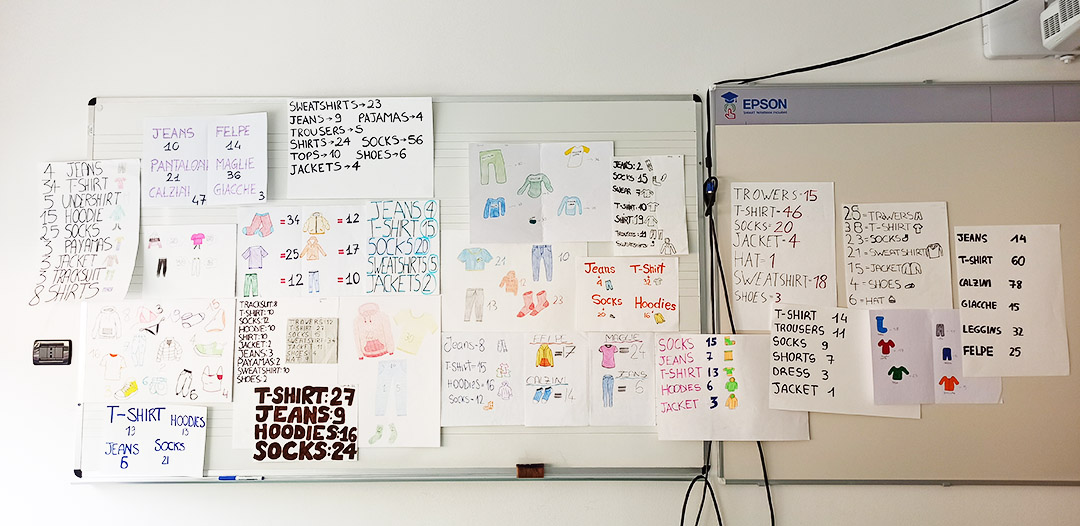
Wieviel Kleidung braucht der Mensch?
SchülerInnen der Integrierten Gesamtschule „Valle di Ledro“ in Südtirol präsentieren die Ergenisse ihrer Recherchen im eigenen Kleiderschrank ©Stefania Pace
Wieviel Kleidung braucht der Mensch?
In Deutschand besitzt ein Mensch durchschnittlich 95 Kleidungsstücke. Die Zahl resultiert aus einer Online-Befragung von Greenpeace aus dem Jahr 2015, an der sich mehr als 1000 Personen beteiligten. Es dürften nicht weniger geworden sein. Im Rahmen einer Schulprojektwoche von STREETWARE im vergangenen Jahr
zählten Schüler:innen der Willkommensklasse I der Otto-Hahn-Schule Neukölln ihre Kleidungsstücke. Die Untersuchung brachte erstaunliches aus dem Schrankinneren ans Tageslicht: Nicht nur die Anzahl der Kleidungsstücke überraschte zuweilen, sondern auch die Herstellungsländer, die keine Schlüsse über den Standort der Garderobe zuließen: Ginge es nach den Etiketten müssten die Kleiderschränke und Kommoden in Asien stehen.
Im Vorfeld unseres digitalen Workshops mit Schüler:innen der integrierten Gesamtschule „Valle di Ledro“, Sekundarstufe l „G. Garibaldi“ und der Kunst-Dozentin Stefania Pace baten wir auch sie, ihre Kleidungsstücke zu zählen. Die Ergebnisse stellten die Schüler:innen in Zeichnungen dar.
Auf der linken Seite Ergebnisse der Kleiderzählung der italienischen Schule, daneben der Berliner Otto-Hahn-Schule.

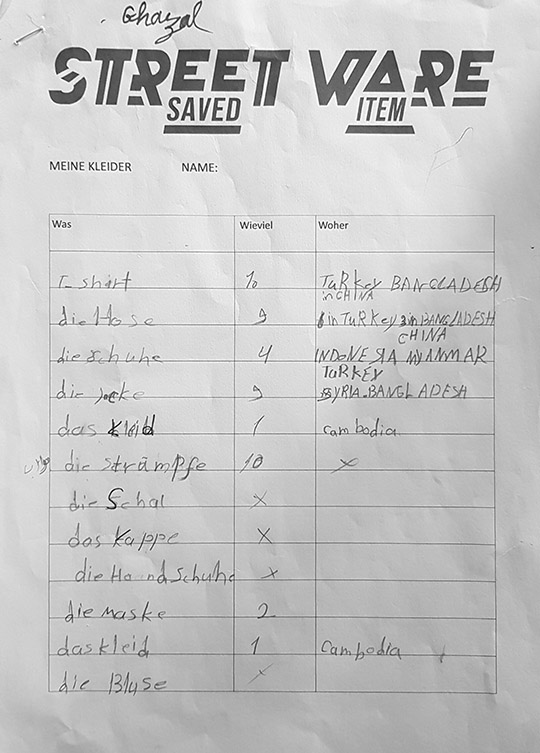
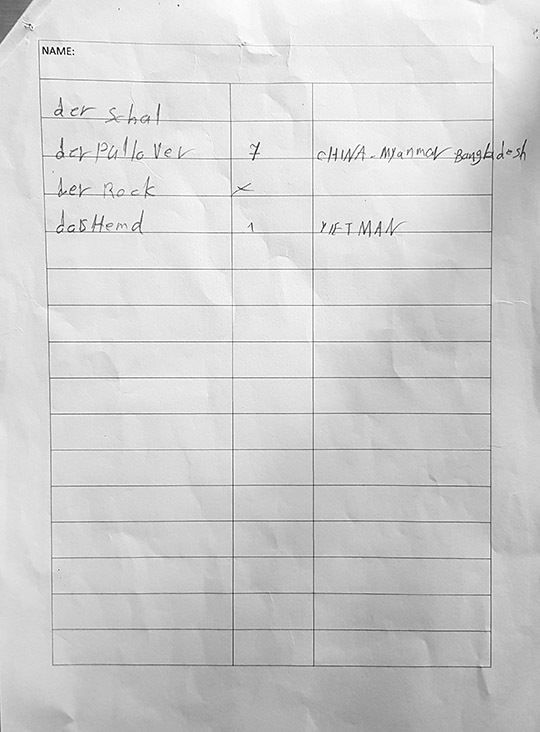
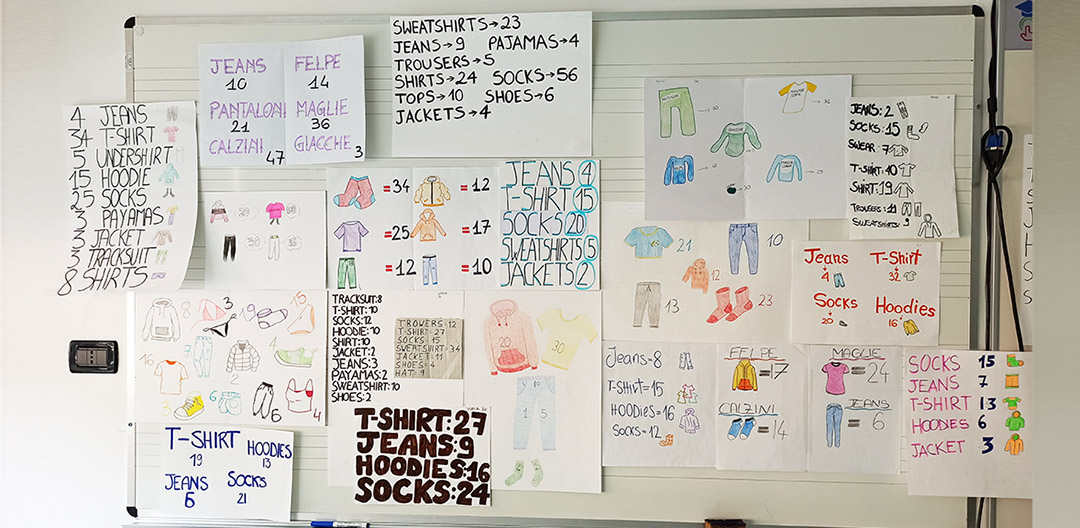
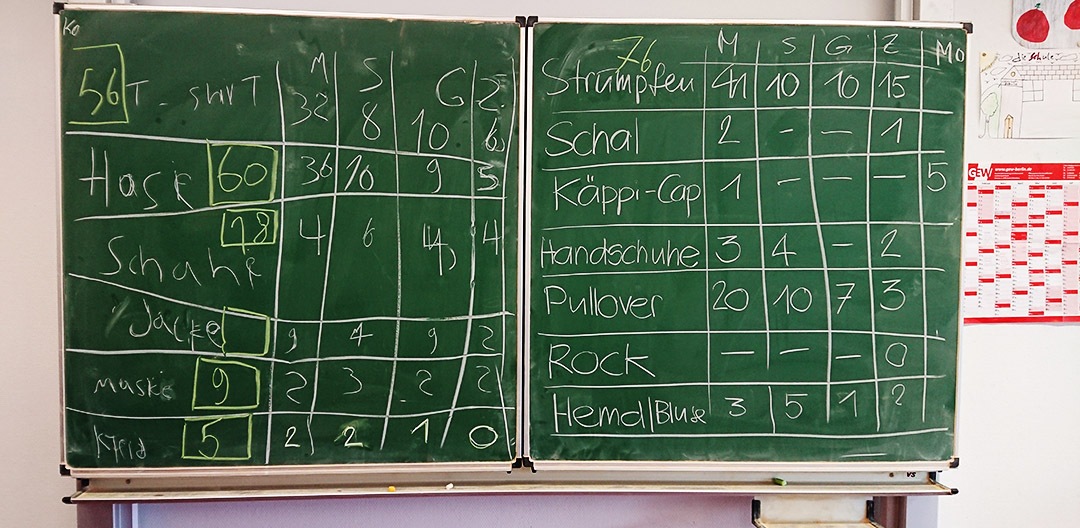
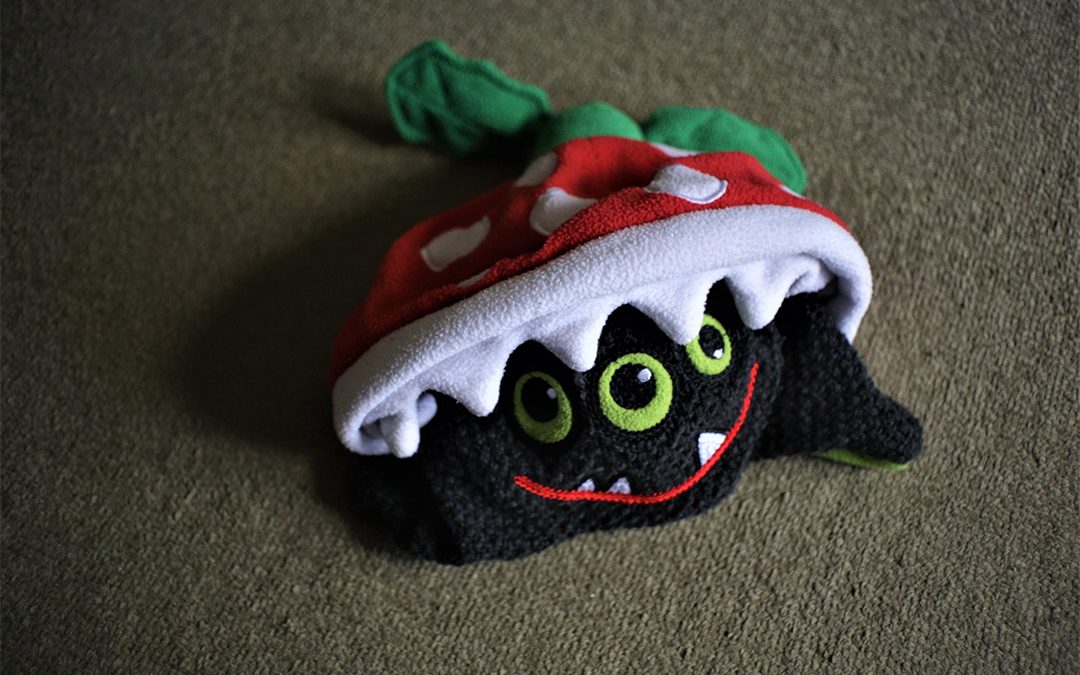

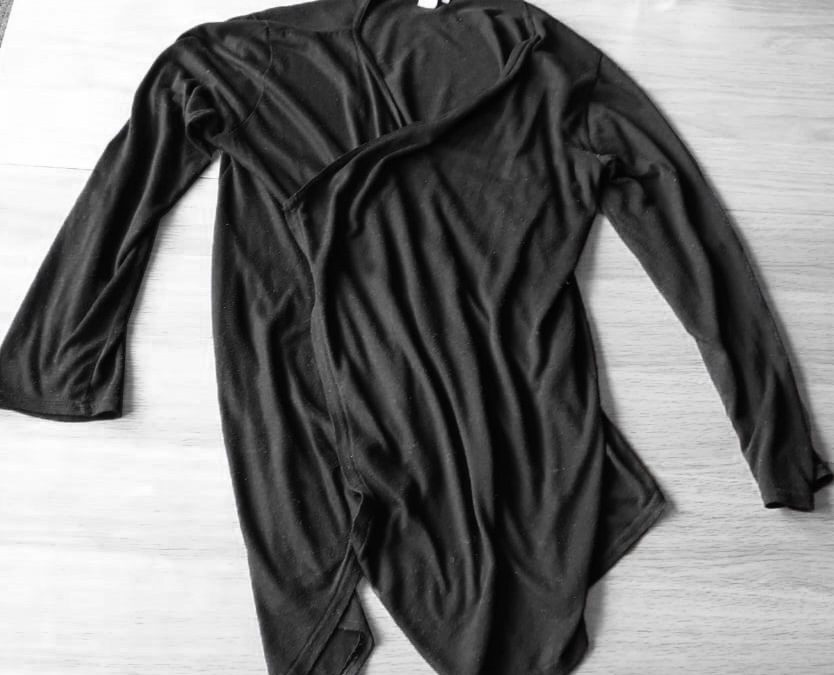
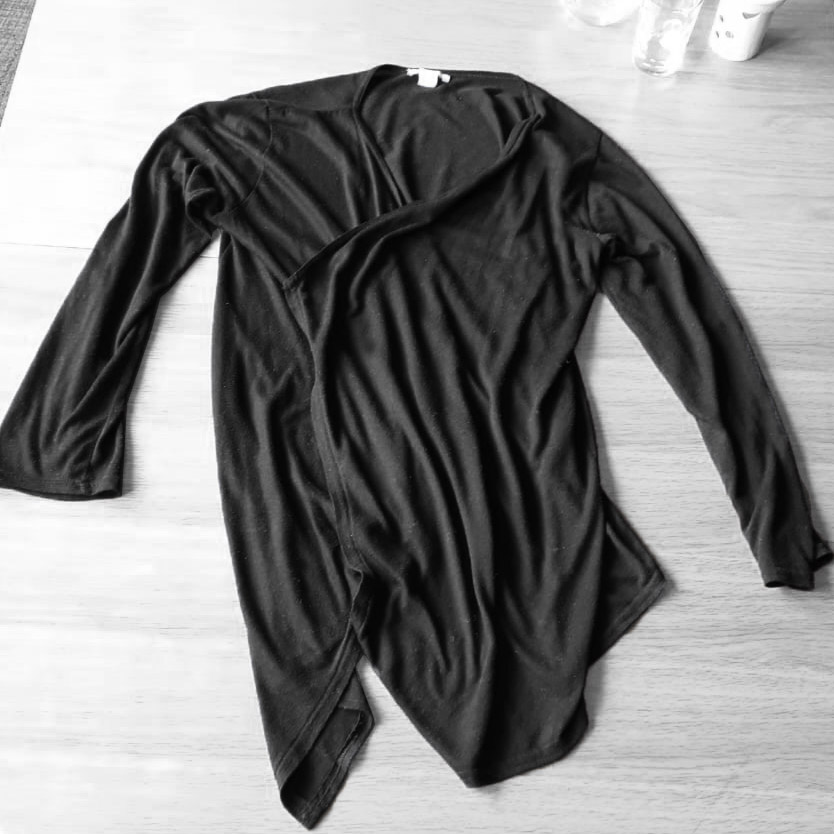
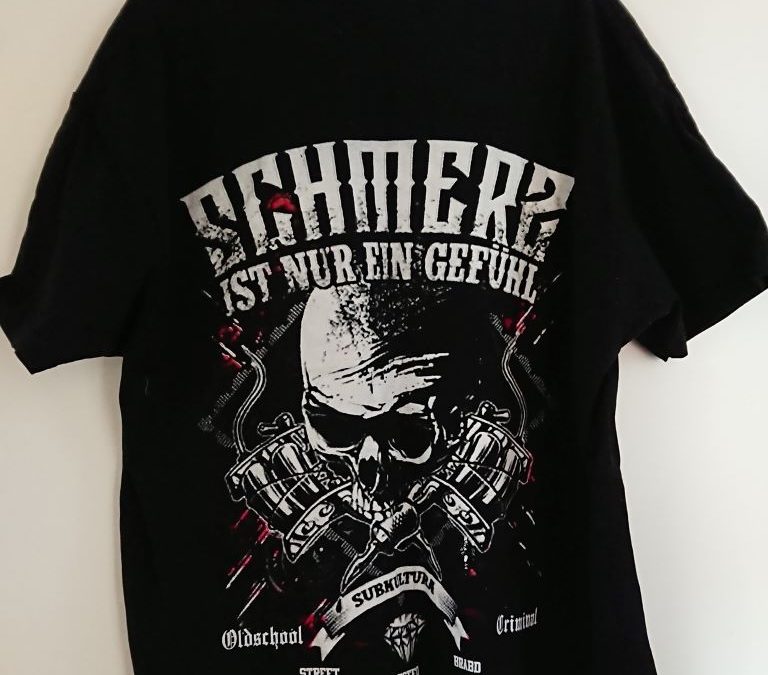
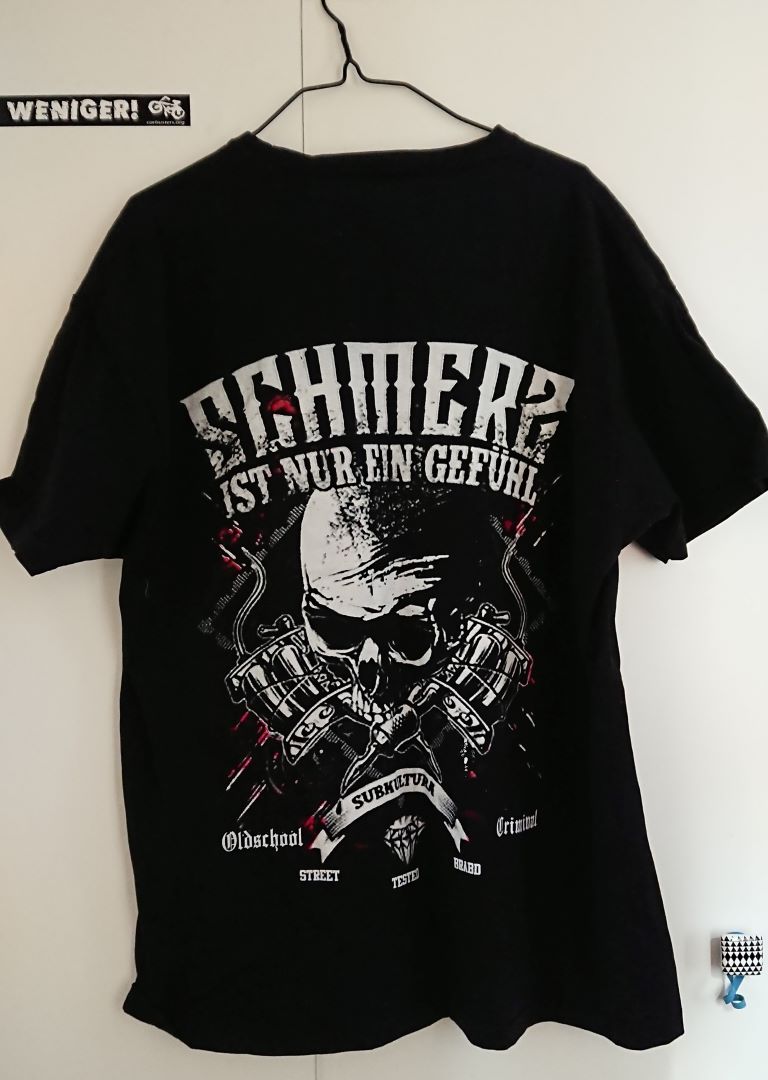
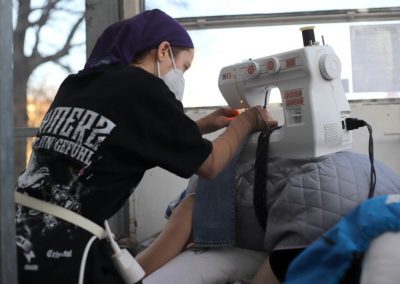
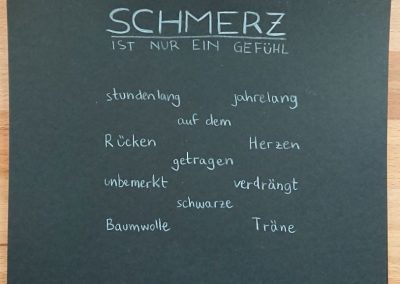
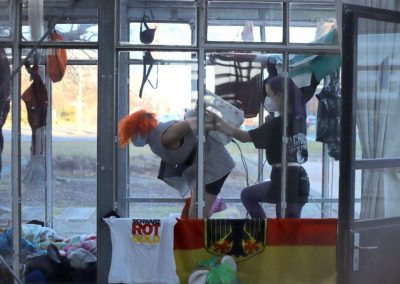
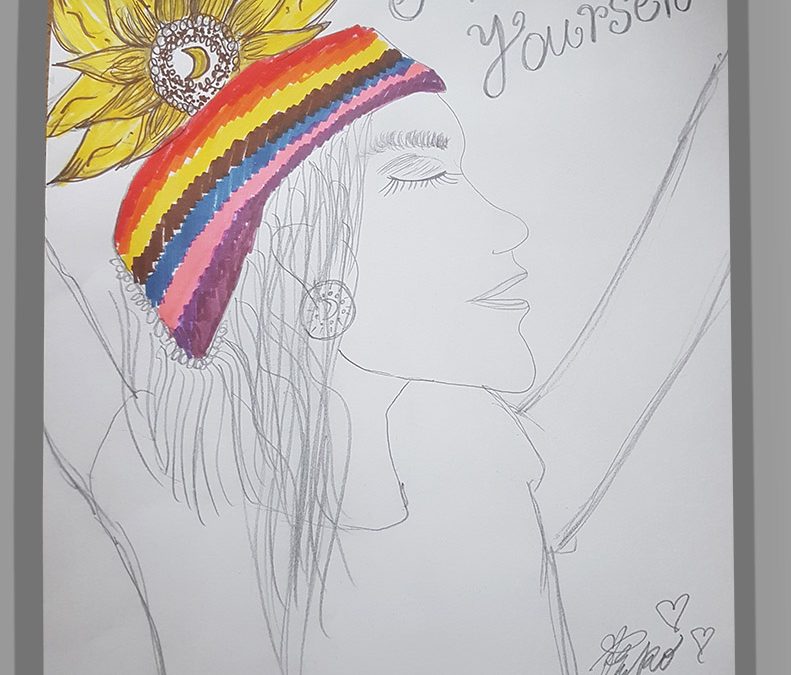
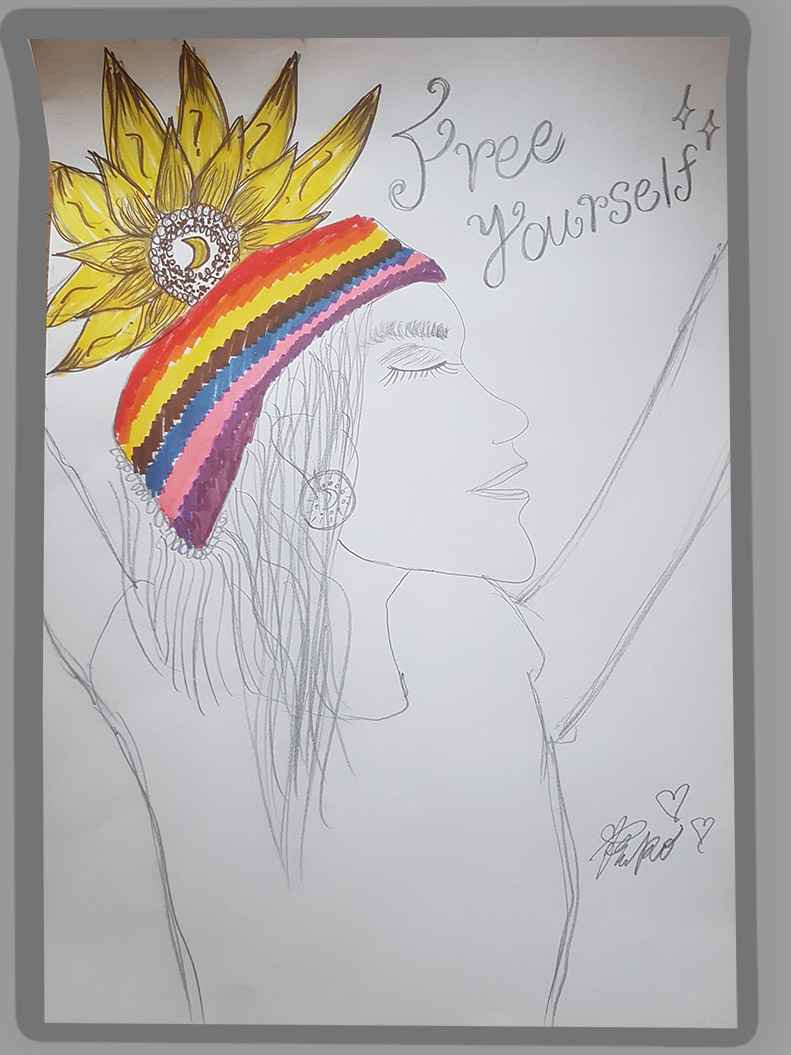
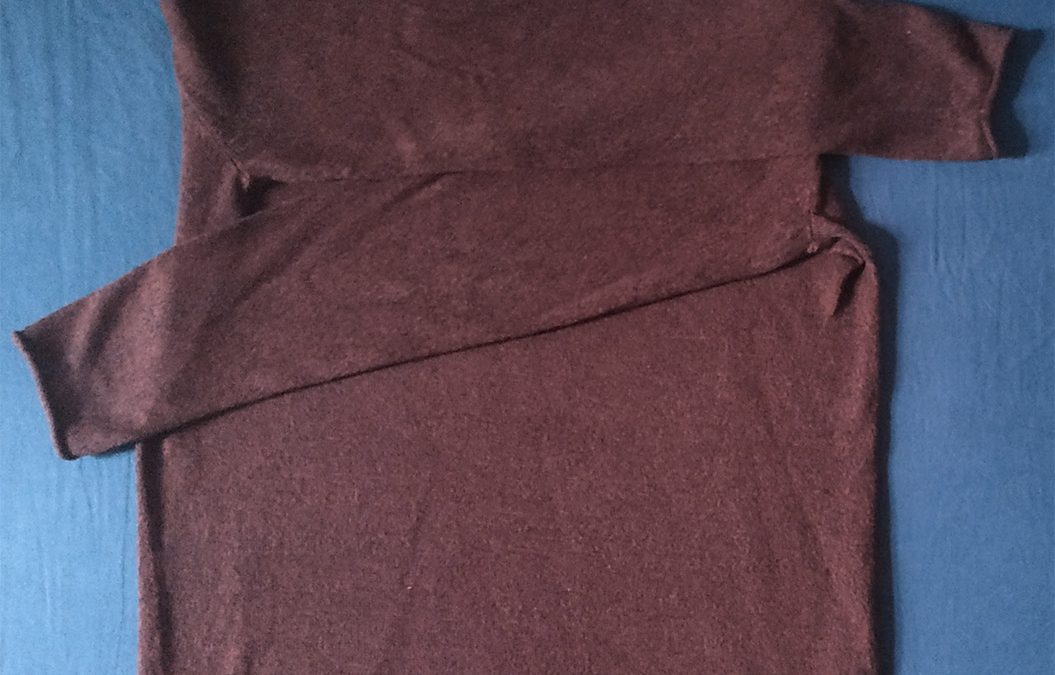
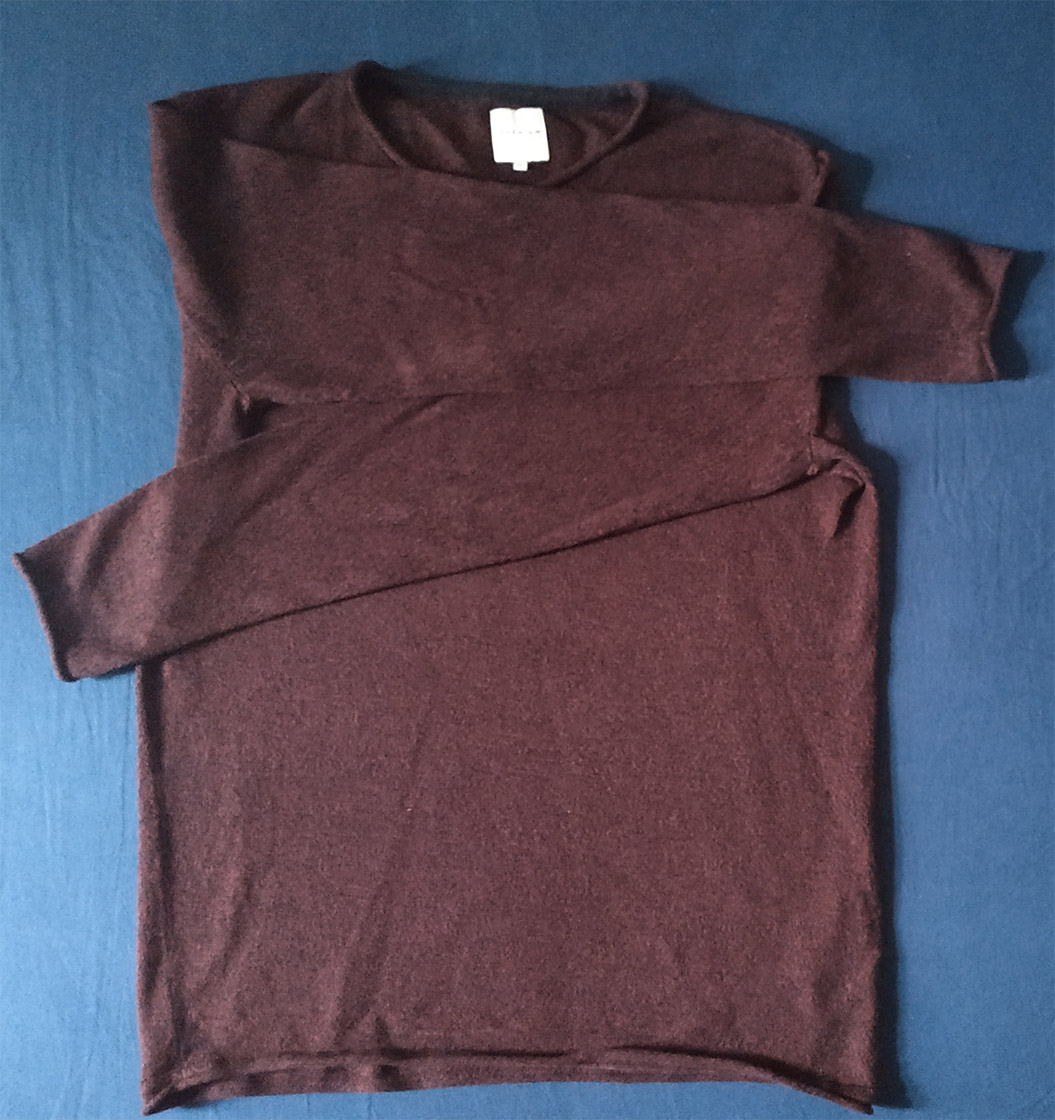
Recent Comments